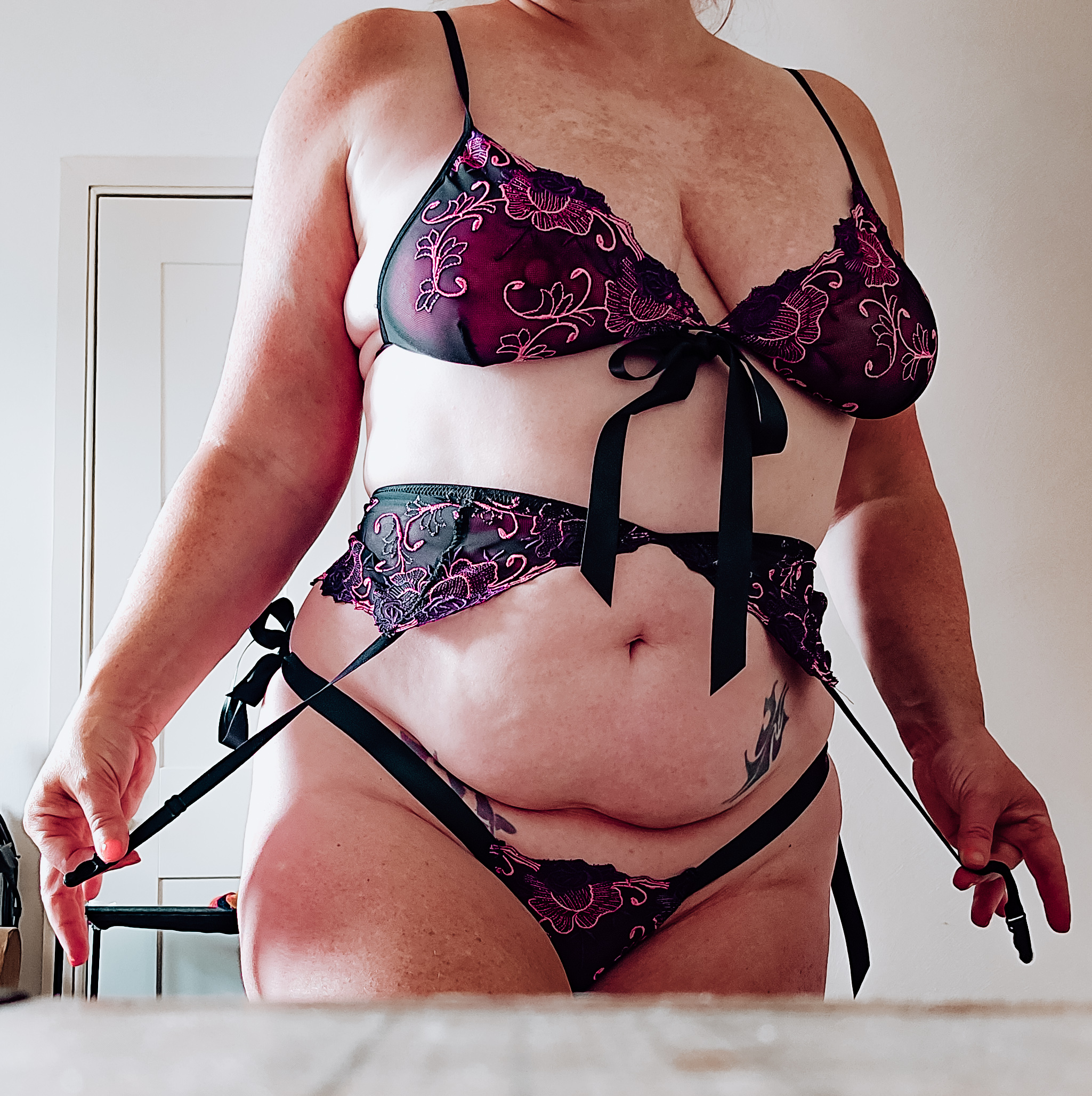The Origins of Play Piercing
The origins of play piercing date back thousands of years, with evidence of body modification found in ancient cultures around the world. From the intricate tattoos and scarifications of African tribes to the elaborate nose and ear stretching practices of some Native American communities, the human desire to alter one’s physical form has been a driving force behind artistic expression and cultural identity.
History and Cultural Significance

The origins of play piercing date back to ancient civilizations, where body modification was often associated with spiritual, cultural, and social practices. In many indigenous cultures, piercings were considered a rite of passage, symbolizing transition from childhood to adulthood or marking important life events such as marriage or coming-of-age ceremonies.
One of the earliest recorded forms of play piercing can be found in the culture of the Polynesian islands, where women would wear piercings made from shells and other materials as a symbol of status and beauty. Similarly, in some African cultures, body modifications were used to signify spiritual power and connection with the divine.
In Japan, the art of piercing, known as “Irezo,” has been practiced for centuries, particularly among geisha and courtesans, where piercings were seen as a way to demonstrate elegance and refinement. The practice was also adopted by some samurai warriors, who used piercings as a way to showcase their strength and bravery.

However, it wasn’t until the 1980s and 1990s that play piercing began to gain popularity in the Western world, particularly among punk rockers and goths. This movement was characterized by a DIY ethos and a rejection of mainstream culture, with piercings seen as a way to express individuality and rebellion.

Today, play piercing has become a global phenomenon, with people from all walks of life embracing body modification as a form of self-expression and empowerment. While the practice remains shrouded in controversy, it is clear that play piercing has become an integral part of modern culture, reflecting our desire for connection, community, and individuality.
The Psychology of Pain and Pleasure
Pain and pleasure are two extremes that have been intertwined throughout human history, with various cultures and individuals finding unique ways to experience and explore these opposing sensations. The Psychology of Pain and Pleasure delves into the complex realm where physical discomfort meets sensual delight, shedding light on the intricacies of the human mind and body’s responses to pain and pleasure. This article will focus on Play Piercing Fetish: The Sensual Art of Skin and Needles, a niche interest that has garnered significant attention in recent years, as people seek out novel and thrilling experiences that push the boundaries of what is considered acceptable.
A Sensory Experience: The Role of Nerve Endings and Release
The human experience of pain and pleasure is multifaceted and can be attributed to various physiological mechanisms. At its core, both pain and pleasure are mediated by specialized nerve endings in the skin. There are four primary types of nociceptive nerve endings responsible for detecting painful stimuli: mechanoreceptors, thermoreceptors, polymodality receptors, and nociceptors.
These nerve endings trigger a complex neural response that involves the transmission of signals to the spinal cord and brain, ultimately resulting in the subjective experience of pain. In contrast, pleasurable sensations are generated by a different set of nerve endings, known as sensory neurons. These neurons transmit signals that activate the brain’s reward centers, releasing feel-good hormones like dopamine and endorphins.
The release of neurotransmitters plays a crucial role in modulating both pain and pleasure. For instance, the release of serotonin can contribute to feelings of relaxation and reduced anxiety, while the release of acetylcholine is involved in the sensation of itching. In the context of play piercing fetish, the use of needles triggers a response in nociceptors, which initially causes pain. However, as the body adapts to the stimulation, the nervous system begins to release endorphins and other neurotransmitters that modulate the perception of pain, ultimately leading to feelings of pleasure and relaxation.
Piercers’ Techniques and Safety Protocols

Piercers employ a range of techniques to create unique body art, from traditional piercing methods to more avant-garde approaches. Safety protocols are also in place to minimize risks for both piercers and clients.
Needle Types and Insertion Methods
The art of play piercing involves a range of techniques and safety protocols that are essential for creating a safe and enjoyable experience for both the piercer and the client. One of the most important techniques in play piercing is needle selection, with various types of needles used for different body parts and jewelry sizes. For example, hollow needle sets are typically used for surface piercings such as helix and daith piercings, while solid needle sets are preferred for deeper piercings like industrial piercings.
Insertion methods also play a crucial role in the success of a play piercing. The general rule is to always work from the surface outwards, with the most superficial layer of skin being pierced first. This helps to minimize the risk of nerve damage and other complications. Additionally, proper aftercare techniques must be followed to ensure that the piercing heals properly and reduces the risk of rejection or other problems.
The type of needle used can greatly impact the success of a play piercing. For example, barbell needles are commonly used for surface piercings, while twist needles are preferred for industrial piercings. Flat needles are also available, which provide a smooth insertion process and reduce the risk of tissue damage.
The Community of Play Piercing Enthusiasts
The world of piercing has long been associated with self-expression, personal freedom, and artistic creativity. Among the various forms of body modification, play piercing stands out as a unique and captivating art form that combines sensuality and craftsmanship. This specialized discipline involves the use of needles and tools to create intricate designs and patterns on the skin, resulting in striking works of art that are both visually stunning and emotionally resonant.
Support Networks and Resources
The Community of Play Piercing Enthusiasts
This niche group brings together individuals who share a passion for play piercing, a form of body modification that combines artistry with intimate connection. At its core, play piercing is about exploring the boundaries of pleasure and sensation through needle and skin.
Support Networks
For those interested in play piercing, there are various support networks available to provide guidance, resources, and a sense of community. Online forums and social media groups offer platforms for sharing experiences, asking questions, and learning from others who have explored this realm.
A wide range of resources are also available to help individuals navigate the world of play piercing. This includes tutorials, workshops, and classes that teach various techniques and safety protocols. Additionally, there are organizations that specialize in providing aftercare products and services specifically designed for sensitive skin.
Discover male vibrators for intense pleasure at Peaches and Screams Shop G-spot vibrators for women at Peaches and Screams Shop vibrators for couples for shared excitement at Peaches and Screams Discover House of Eros range for luxurious BDSM experiences at Peaches and Screams Shop daring latex wear at Peaches and Screams Discover pleasure pillows for a more comfortable and exciting play at Peaches and Screams
Zoe Mallett Coaching Josie Barrett One One Three Online
- Intel 14th Gen Release Date, Features, And Common Issues: What You Need To Know - June 3, 2025
- Play Piercing Fetish: The Sensual Art Of Skin And Needles - December 23, 2024
- Pain And Endorphins: The Science Behind Sadomasochism - December 15, 2024
